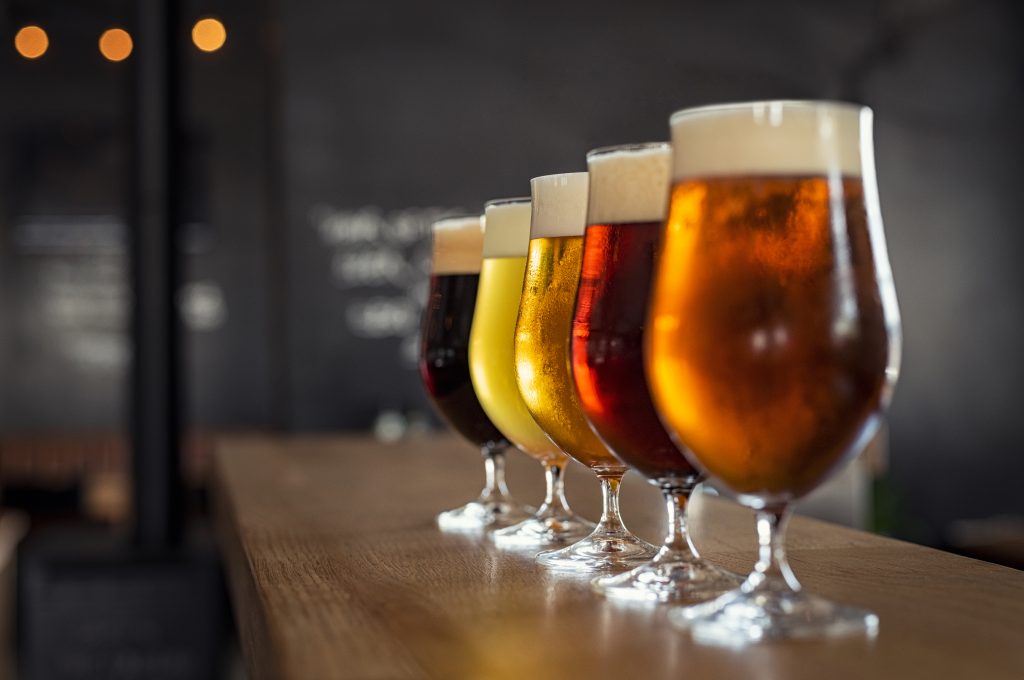Although quarantine may prevent beer lovers from enjoying a drink at their favorite bar, it doesn’t mean they can’t explore other options. Many niche craft beers are available to go at some bars or are sold at grocery stores.
Beer is one of the most popular alcoholic beverages out there. The average alcohol by volume (ABV) for a beer is 4.5 percent, one of the lowest among alcoholic beverages. The unique drink is everywhere, at parties and bars as well as modern work environments like offices.
The beer world, however, can be a little difficult to master, especially when it comes to craft beer. Many young adults aspire to be a beer connoisseur among their friends after they turn 21, but face the harsh reality that there are too many options to comprehend in a grocery store. Besides, the bars are closed nowadays, which means there are no bartenders to guide the aspiring beer snobs. Thus, it is essential to first become a beer expert before jumping into some niche-looking beer at a grocery store.
Adam Tuttle, co-owner of Craft, said knowing basic beer vocabulary and concepts can help novice drinkers choose the right beer to indulge in.
“[Craft beer] is basically viewed as anything that is not in a domestic bottle,” Tuttle said. “A lot more time goes into brewing and the recipes.”
A beer expert himself, he advised the beer novices to start with something lighter first to get the hang of the taste.
“Sometimes people can get turned off by the hoppiness of the [India pale ale (IPA)], because of their bitterness,” Tuttle said. “People start with the lighter beer, like lagers and wheat, and they graduate up to IPAs when they are starting to enjoy the bitter flavor. I would recommend you to start with the Irish red ales because they are not as bitter and [have] a malty flavor.”
Hoppiness comes from an ingredient called hops, which is a plant necessary for brewing a beer. A large amount of hops helps preservation but contributes to the bitterness of the beverage. IPA is a type of beer first invented for its long preservation, as it traveled from Britain to India in the 19th century.
To evaluate bitterness, beer experts use a scale called International Bitterness Units (IBU). The higher the IBU, the more bitter the beer is. Most craft beer bars, including Craft, have IBU numbers on their menus to let customers know the bitterness of their beverages.
If you’re ready to try out some new beers but can’t find a craft beer bar offering take out options, don’t despair. Several grocery store beers such as Leffe, Samuel Adams and Goose Island are good for beginners.
Leffe is a pale, Abbey beer from Belgium that has a very creamy and somewhat sweet taste. Samuel Adams, from Boston, is one of the most popular lagers in the United States. Goose Island, a beer from Chicago, is an IPA, which means it has a bitter taste but comes in rich fruity tastes. These are pretty mainstream beers that many beer snobs might not approve of. However, they best represent their unique styles without having a high IBU or unfamiliar tastes that could disgust the novice beer drinker.



